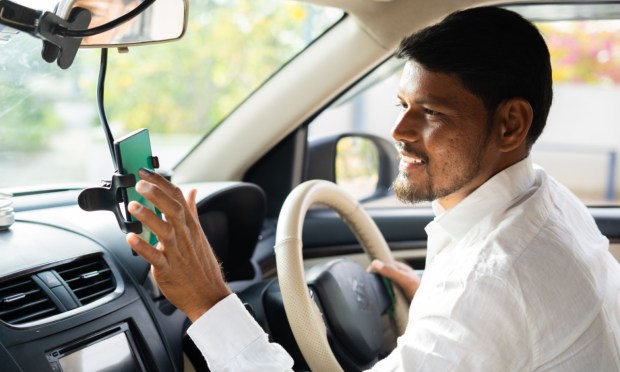
Uber reportedly wants to move deeper into India’s two- and three-wheeled vehicle market.
Speaking during an event Thursday (Feb. 22) in Bangalore, CEO Dara Khosrowshahi said the company was trying out services from scooters to motorbikes in what he referred to as his “toughest market,” providing a blueprint for expansion in other countries, per a report by Bloomberg News.
The report noted that Khosrowshahi is an infrequent visitor to India, which represents one of Uber’s larger markets, especially after the company had pulled out of China and Southeast Asia.
Uber competes with rivals Ola and inDrive in India, the report said, struggling to turn consistent profits in a fast-growing but price-conscious country.
Last year, Uber began testing a new flexible pricing service called Uber Flex in over a dozen cities in India, letting commuters bid a particular fare for their ride, as part of efforts to expand its consumer base in the country and put pressure on its rivals.
The service, which launched last year and has since expanded to more cities, aims to offer commuters more control over the pricing, and was introduced for cabs and later expanded to auto-rickshaw rides. Uber is also testing Flex in Lebanon, Kenya and Latin America.
“Unlike Uber’s standard dynamic pricing model, which fluctuates based on supply, demand and traffic, Uber Flex allows riders to bid a fare of their choice from nine pricing points,” PYMNTS wrote. “Riders can select a fare that will be shared with nearby drivers, who can then accept or reject the ride based on the offered fare.”
One of Uber’s rivals in India, inDrive, lets customers manually input a specific fare, which has reportedly led to instances where drivers feel under-compensated when passengers offer low prices for their rides.
Meanwhile, PYMNTS last week looked at recent earnings from Uber and competitor Lyft, writing that beyond the core transportation platform, the two companies have taken different roads.
“Lyft is, arguably, in the transportation business, while Uber is increasingly endeavoring to broaden logistics and mobility, crafting end-to-end connections across a variety of use cases,” that report said.
Uber’s earnings showed that gross bookings for mobility trips jumped by 29%, with overall revenues climbing 13% (in constant currency), and gross bookings in its delivery business rising by 19%.
“In terms of the cross-selling and extensions of the platform model, for Uber the trend has been to grow its membership roster tied to the subscriptions that help users save on mobility trips and Uber Eats,” PYMNTS wrote. “Advertising, the company noted in its presentation materials, now has a $900 million annualized run rate.”